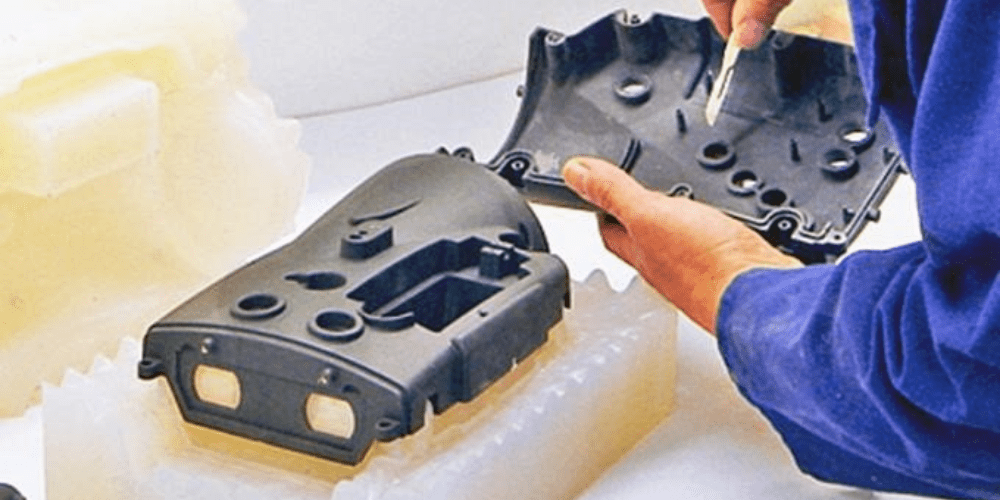Vacuum mould casting or vacuum casting is a process that includes various simple steps and techniques for completing a master model. This technology effectively makes parts for products through the moulding process with precision and high-quality finishing. It is done by inserting liquid into a pre-made silicon mould to simplify the complex process of mould casting. The liquid used for a vacuum mould casting process is mainly plastic and rubber. To further ease the process of moulding the prototype part, the material is heated until it is easily useable.
The process
The process of vacuum mould casting includes various steps.
Master model:
Firstly, the master model that holds the heated liquified material inside is finalized. It can also be used to make industrial parts or prototypes for different products. Nonetheless, it is important to make an accurate or precise master model so that the output is symmetric to the requirements. It must be correct in all the prototyping directions and dimensions to speed up the process.
Encapsulation:
Encapsulation is where the rubber mould is placed so the rubber can be injected. This step is also strengthened by inserting high temperatures because it increases the stability and durability of the final product. After that, the concept mould is trimmed into two equal parts from the middle to place the liquid inside it. The next step includes filling the mould with the liquid.
Filling:
As mentioned before, the next step takes this process closer to finishing. This step keeps the sliced mold tighter and fills it with the selected material. The reason of liquified rubber then takes the shape of the mould. And to give it a final look, some pigmentation and metallic powder are added. It provides a fully functional image and experience with the industrial part of a product for the manufacturer.
After this, the vacuum action comes into place. When the mould is filled with the material, it is placed inside the vacuum. The vacuum chamber eliminates any bubbles in the final prototyping product.
The final step in vacuum mould casting:
The final step is increasing the durability of the product. How is it done? The mould is placed at high temperatures, such as in an oven. After that, the final piece is removed so that the next piece is designed individually with full precision.
Nonetheless, the final prototype is decorated and painted to reflect the actual part or product. It completes the final look of the moulded product.
Examples of products:
The products you see daily are also a result of vacuum mould casting. These include plastic storage boxes of all sizes, refrigerator shelves, different vehicle parts, and most toiletries (bathroom cups and trays).
Even though the process resembles the candle-making process (to make it easy to understand), the precision and calculation required make it difficult, therefore, you cannot skip or miss the detailing, whether it is minor holes or coloration of the product for the finalized look.
